
 5
5





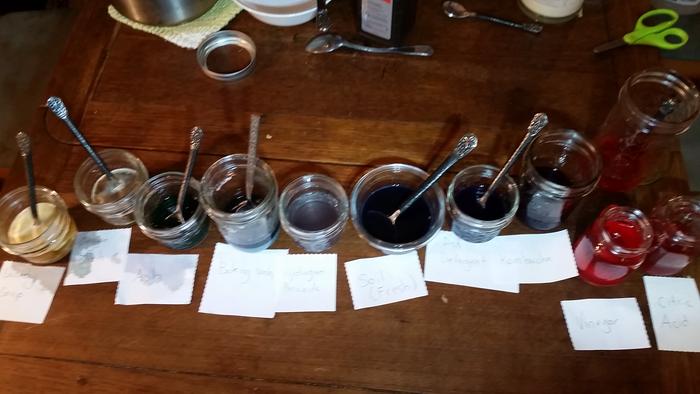
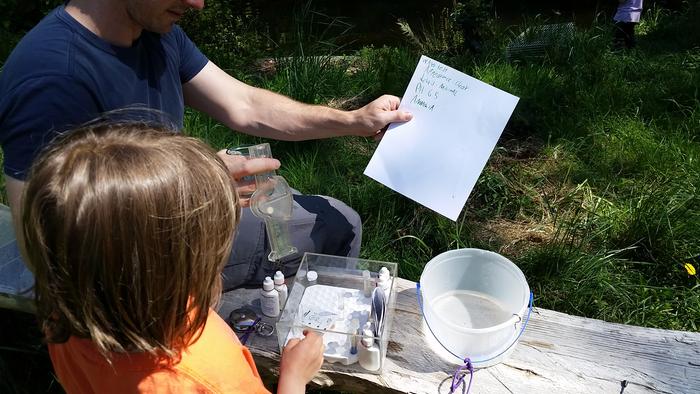



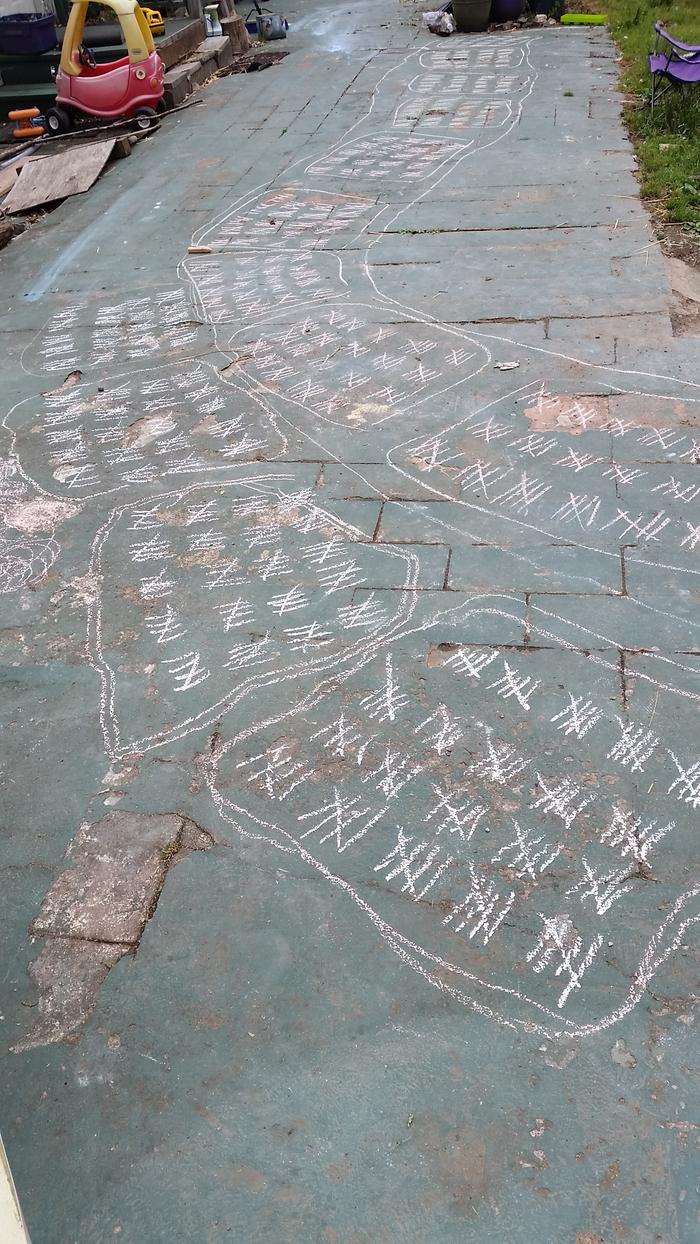

 2
2




That's what I loved about distance education teaching with #2 Son. With his learning disability, some subjects really exhausted his brain, so we'd work in the morning when it was too cold for me to be outside and then again in the evening when it was dark by 6 pm or earlier. He learned better and I got some outside stuff done - win-win.I'm really loving the structure/support of knowing what to teach, and then the freedom to teach when works best.
Visit Redhawk's soil series: https://permies.com/wiki/redhawk-soil
How permies.com works: https://permies.com/wiki/34193/permies-works-links-threads
 4
4




 3
3




South African Homestead https://youtube.com/channel/UCqoFkvog9j2KTyUQgdpmY9A
 5
5




 2
2




Betsy Carraway wrote:When I suddenly found myself homeschooling (it was that, or Ritalin) we decided to make something every day.
 5
5




Jay Angler wrote:Call me old fashioned, but I really believe that getting kids to memorise the basic math facts makes it far easier for them to learn complicated math processes when they get to higher grades.
I encourage all parents suddenly thrown into homeschooling to think outside the box, as Nicole has demonstrated above. I think that our more active kids may really benefit from learning certain skills by doing them 'bigger' involving more of their body.
 4
4




 5
5




Danielle Baird wrote: I realize your post was a few years ago. I would love to hear more about what you are doing now with your older babies! I will post as I get started with the kids.
Thank again for your generosity in time and sharing!
Danielle
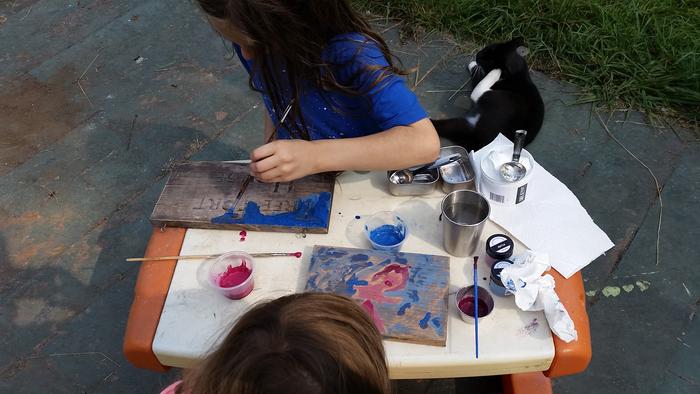




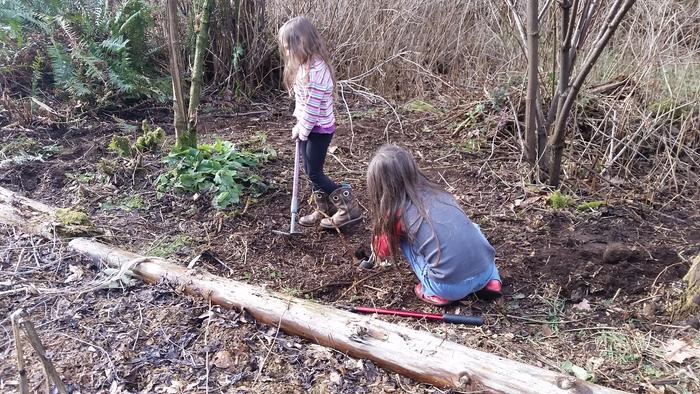

|
What? What, what, what? What what tiny ad:
Freaky Cheap Heat - 2 hour movie - HD streaming
https://permies.com/wiki/238453/Freaky-Cheap-Heat-hour-movie
|







